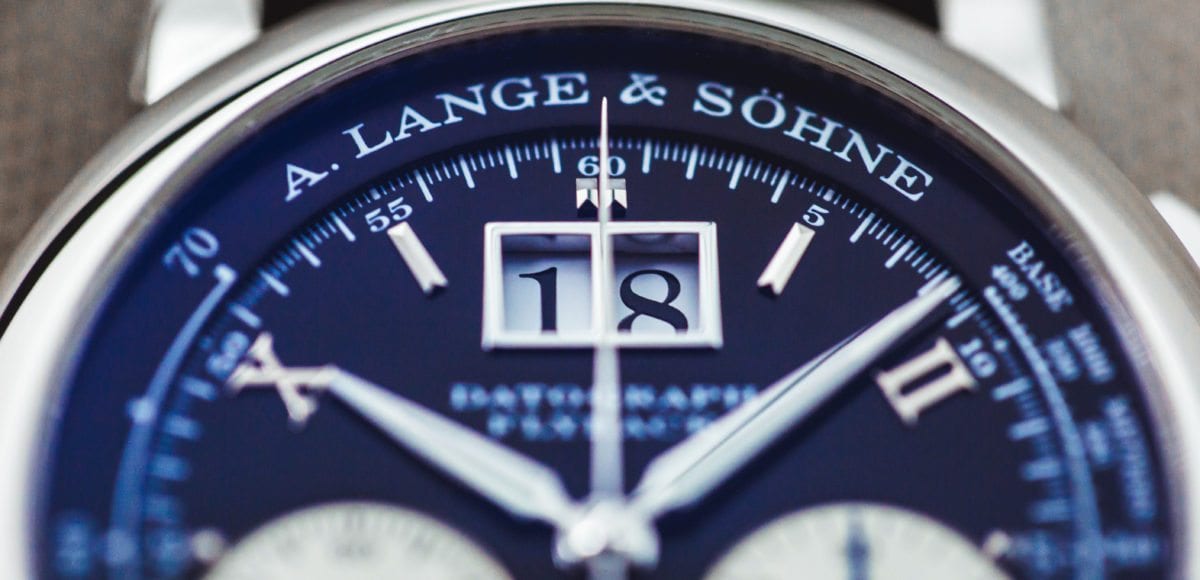The Founding of A. Lange and Sohne
A. Lange and Sohne was one of the first watchmakers to set up shop in the now-iconic town of Glashutte in Germany. It was founded by Adolf Lange in 1845. Before establishing his namesake brand, Lange worked as an apprentice under experienced watchmaker J.C. Friedrich Gutkaes. They primarily made timepieces on commission for elite clients. It was here that Lange not only refined his watchmaking techniques but also developed a detail-oriented and customer-focused work ethic.
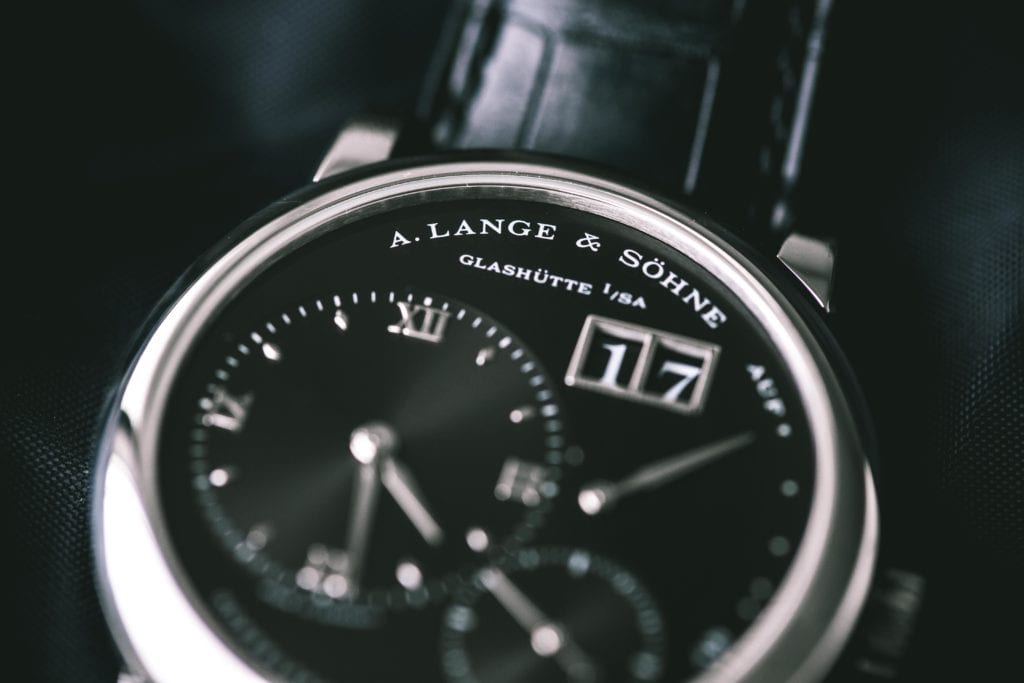
Lange graduated from his apprenticeship with honors in 1835. After continuing to work under Gutkaes for a few years, he decided to further his education with a well-respected chronometer maker. Soon after, he returned to Glashutte to establish his own workshop.
In the early years of the business, Lange immediately began innovating. In 1846, he developed the three-quarter plate, which is still used in the brand’s movements today. He also replaced the Parisian system of linges with the metric system, introducing the millimeter as a form of measurement in the world of watchmaking.
Lange and Glashutte
In 1848, Lange was presented with a special opportunity. He was offered the office of Mayor of Glashutte and accepted. During his tenure of nearly two decades, he transformed the modest town into the thriving industrial center for watchmaking we know today.
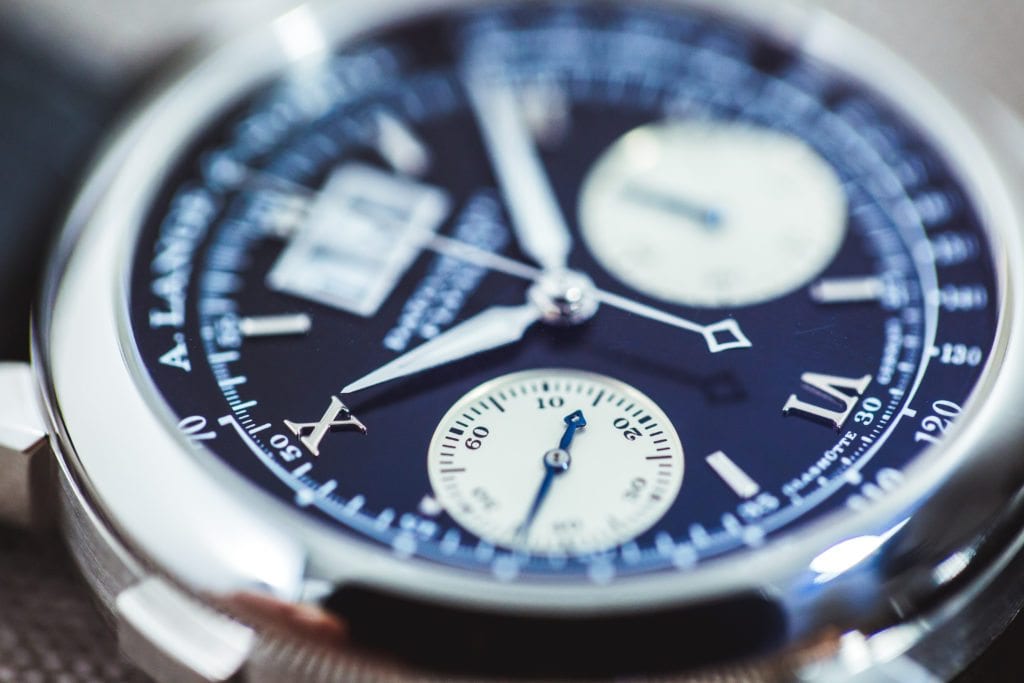
With Lange’s meticulous work ethic, it was important to him that the business remain in the family. So, he began training his sons, Richard and Emil, in the late 1860’s and early 1870’s. Then, in 1875, Lange’s heart failed, and he passed away at the age of 60. In the years to follow, his sons and later grandsons would continue his spirit of innovation.
In 1900, A. Lange and Sohne debuted their No. 42500 Grand Complication. A private client commissioned the pocket watch. However, to this day, it is one of the most technically complex timepieces created by the brand.
The Early 1900’s
The early 1900’s marked the beginning of a difficult period for A. Lange and Sohne and the world. The political unrest of WWI, the economic downturn that followed, and the continued strife of WWII would heavily impact the town of Glashutte and the watch manufacturing there.
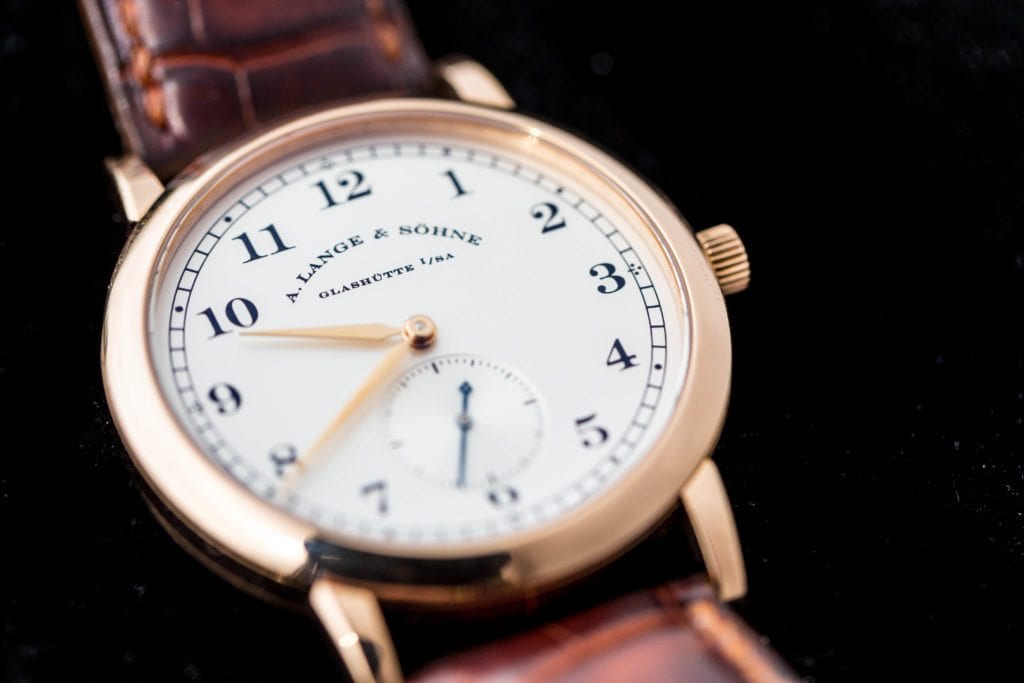
During the Second World War, A. Lange and Sohne produced oversized wristwatches for the German Air Force. However, immediately following the war, the company faced severe repercussions. In the final months of the war, their workshops were caught in a bombing raid and completely destroyed. By 1948, the Lange family was expropriated, and the Soviet administration nationalized the company’s remaining property. For the next 45 years, the A. Lange and Sohne named disappeared.
The Collapse of the Iron Curtain
In 1989, everything changed for the remaining Lange family. The Iron Curtain collapsed and Walter Lange, Adolf Lange’s great-grandson, was finally able to return to Germany and continue his family’s tradition in the field of watchmaking. By 1990, he had re-registered the A. Lange and Sohne trademark, and just four years later, in 1994, they presented their first watches in nearly half a century.
The most notable of their new offerings was the Lange 1, which incorporated a brand new patent. The outsize date draws inspiration from one of Adolf Lange’s masterpieces, a clock designed for the Semper Opera House in Dresden in 1830. This key date feature continues to be used in most of A. Lange and Sohne’s watches today.
The 2000’s
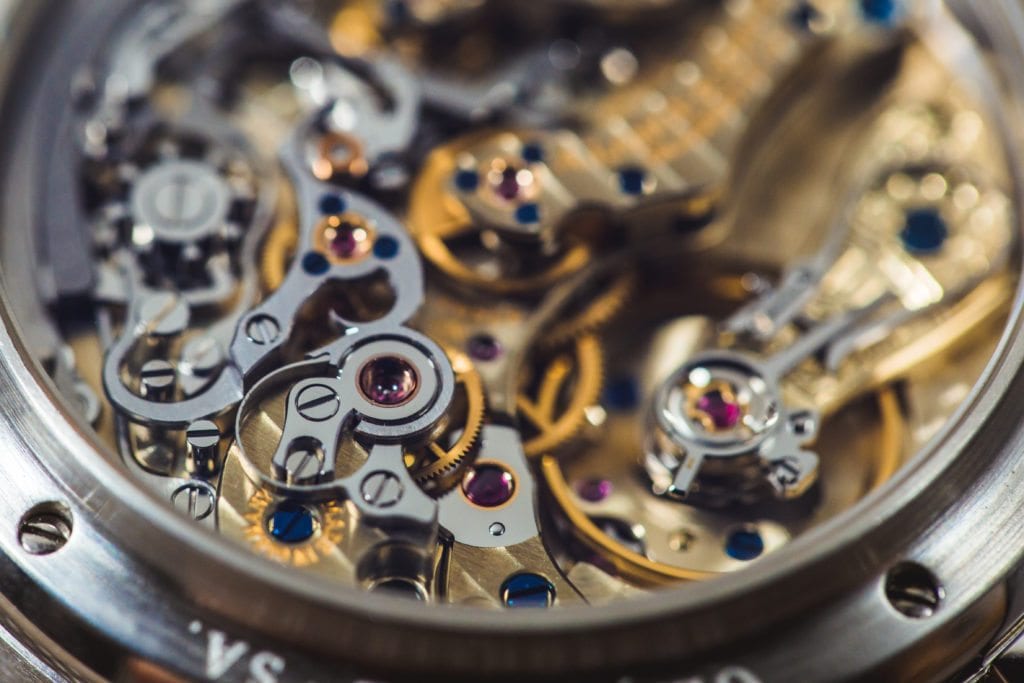
In 2001, after a decade of restoration work, the A. Lange and Sohne workshop reopened in the remains of the destroyed building in 1945. In the years since its re-invention, the brand has gone on to create over 40 new movements, garnering them over 150 international horological prizes. Now, it’s clear that A. Lange and Sohne is here to stay.
Get More Articles Like This in Your Inbox
We're constantly creating great content like this. So, why not get it delivered directly to your inbox? By subscribing you agree to our Privacy Policy but you can unsubscribe at any time.





